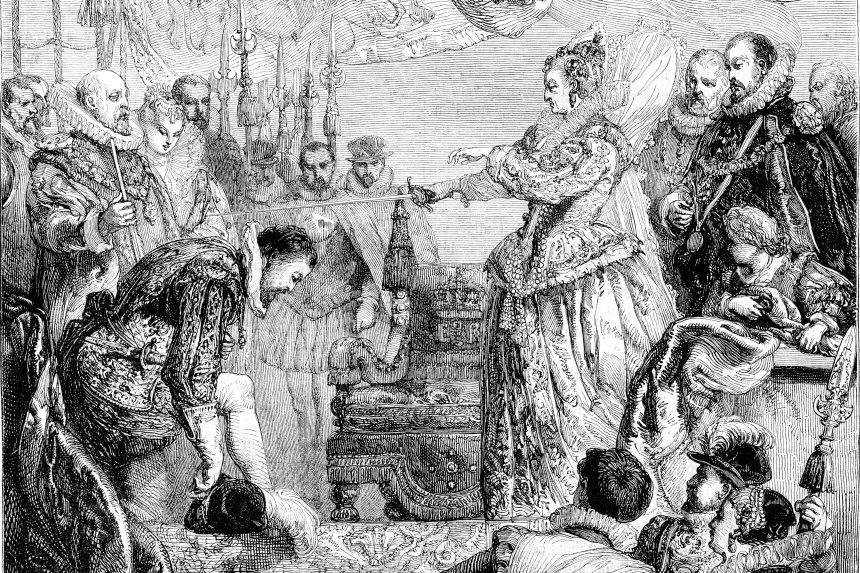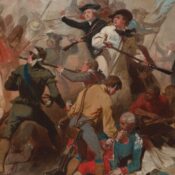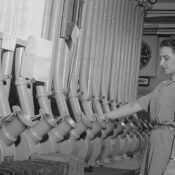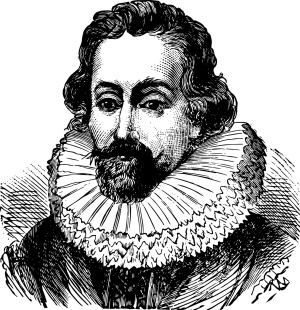
Sometimes a hoax can work too well.
A deception can be so believable, and swallowed so completely, that its victims never catch on. The joke remains without a punchline, and the pranksters never get to see that look on their target’s face when he realizes he’s been duped.
The Drake plate is a good example. What was intended to be a hoax for a friend worked so well that it wasn’t revealed for over 30 years.
The hoax was based on an actual event in 1579, when Sir Francis Drake and his crew sailed up the western coast of South America, plundering Spanish settlements. Somewhere along the northern California coast, he found a safe harbor where he stopped to replenish and repair his ship, the Golden Hind.
After befriending the local people, his crew erected a brass plaque to mark his landing and to claim the land for England. As a measure of authenticity, the plaque held an English sixpence that bore Queen Elizabeth’s image.
Drake never stated publicly where he’d landed, but it is generally believed it was in an area north of San Francisco now called Drake’s Bay.
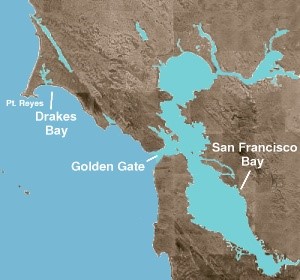
In 1933, a man found an ancient-looking brass plaque in that area. He held onto it, but later threw it away on the highway near Marin, California.
A shop clerk named Beryle Shinn found the same plaque while picnicking in the region in 1936. He took it to Professor Herbert Bolton, a history professor at the University of California, Berkeley.
Bolton had long hoped to find the plate. Each semester, he would ask his students to remain on the lookout for the famous brass plate.
Bolton was excited by Shinn’s discovery, which had a rough hole that about the size of a 16th century English sixpence. After purchasing it, he announced its discovery at the California Historical Society.
Not everyone was convinced. Several historians offered reasons why it couldn’t be authentic. In response, Bolton sent the plate to metallurgic specialists at Columbia College. They studied it and declared it to be consistent with 16th century brass. The brass had not been rolled, like modern brass, but had been hammered and then cut by a chisel. They believed the amount of impurities in the brass and its patina could not have been faked. The plate, they said, was authentic.
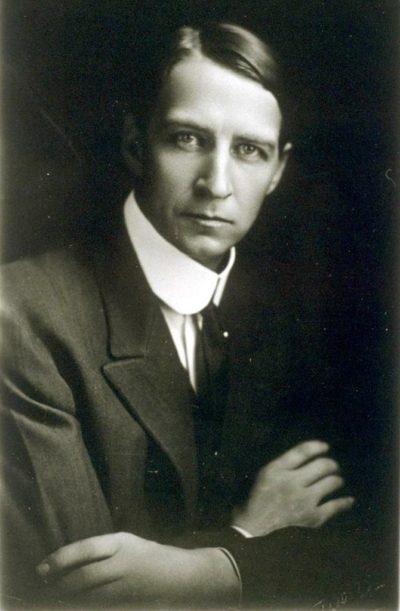
And yet there were doubters. In an April 3, 1943, article, “True or False?,” the Post offered several arguments from skeptics, who took issue with the plate’s lettering, spelling, and general appearance. But the plate was generally accepted as genuine and UC Berkeley’s Bancroft Library proudly kept it on permanent display.
There the matter rested for 40 years, until the 400th anniversary of Drake’s landing. That year, art historians at Oxford studied the plate with more advanced technology than was available in the 1930s. They concluded the brass was made using a 20th century technique. Also, it didn’t show the hammering expected in 16th century brass. And the brass was too pure to have been made over 300 years earlier.
Once the plate was recognized as fake, the marks of deception — the misspellings, the curious wording, the wrong title for Queen Elizabeth — became obvious.
Then, in 2002, four researchers offered an explanation of what lay behind the now-discredited plate. In old age, the conspirators admitted the truth of their misfired prank and let slip the details of how it was perpetrated.
It was simply a joke that got out of hand. It had been dreamed up by members of a group who regularly got together to drink and talk California history. They thought it would be amusing to see Professor Bolton, a fellow member, taken in by a forgery of his much desired plate.
So they bought a brass plate at a shipyard and cut it into shape with modern shears. One of the conspirators, George Clark, hammered the letters into the plate and included a “CG” before Drake’s name. Bolton believed it stood for “captain general” but actually they were Clark’s initials in reverse.
The jokers had planted the plate in late 1933 near Drake’s Bay. After it was recovered three years later, Bolton had quickly announced the plate was genuine.
They tried to remedy his mistake, but the joke had gone too far to alert Bolton without making him look foolish to the academic community. They tried pointing out the plate’s errors to him. One of them wrote a parody that detailed how a fake, historic, brass plate — just like the Drake plate — could have been made. Another prankster created a copy of the plate, with satirical text, to show how easily it could be made.
But any doubts Professor Bolton might have had were put to rest with the (now discredited) electrochemical analysis that had been provided by Columbia.
Rather than being publicly duped, Professor Bolton died in 1953 believing he’d achieved his great academic dream of recovering the Sir Francis Drake’s brass plate. And all the pranksters passed away without telling anyone how their joke backfired on them.
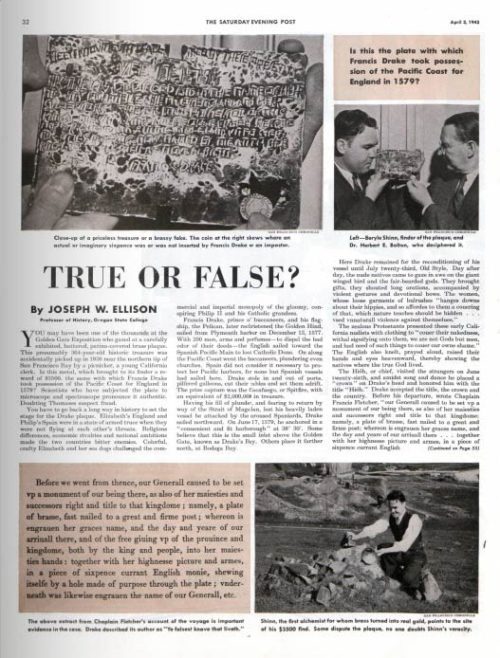
Featured image: Shutterstock
Become a Saturday Evening Post member and enjoy unlimited access. Subscribe now
